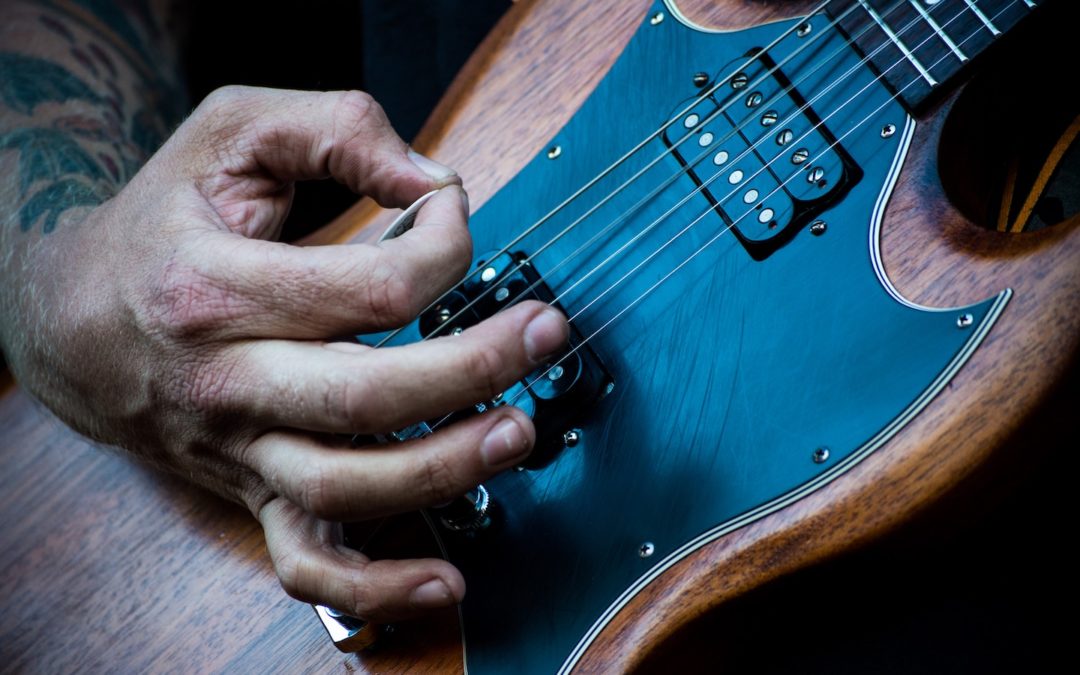The life of a musician may seem full of glitz, glam, and glory – and that’s certainly a part of it. But, as with many other professions, it isn’t completely without risk. Many musicians experience pain or discomfort from using the same muscles and joints over and over while performing. Improper form, insufficient rest, genetic disposition, age, and frequency of use also contribute to the likelihood of suffering one of the many common musician injuries. Additionally, musicians can be more at risk for injuries from everyday life because of the activities that are commonly associated with their job.
Most common musician injuries come from repetitive movements and overuse. If you play the guitar on stage several nights a week, nearly every week, for many years in a row, it’s fairly likely that the delicate ligaments, tendons, joints, and muscles needed to play will experience some wear and tear, ultimately leading to pain or discomfort.
The most common overuse injuries are:
1. Tendonitis
Occurring most commonly in the hand, elbow, and shoulder, tendonitis is the inflammation of tendons and is commonly caused by repetitive motions or improper posture or position while playing.
The best way to avoid tendonitis is to be mindful of the stress placed on your tendons and to rest when you become tired or in pain. Improving your technique and mixing up your positions, if possible, are also helpful methods.
2. Carpal Tunnel Syndrome
Caused by pressure on the nerves that run through the wrist, carpal tunnel syndrome is usually associated with numbness, tingling, weakness or an electric shock-like feeling in the thumb, index, middle and ring fingers.
Relaxing your hand as much as possible while playing, as well as during everyday movements like cooking, driving, brushing your teeth or typing, can help to avoid this condition. Also recommended is taking frequent breaks to rest and stretch your hands, fingers and wrists, extending and rotating them in circles.
3. Bursitis
This condition, caused by irritation of the bursae (small, fluid-filled sacs) that cushion the bones, muscles and tendons near the joints, most commonly occurs in the shoulder and elbow.
Because Bursitis is caused by strenuous activity, warming up and cooling down before and after use of the affected body part can be an effective method of prevention. Rest and avoiding use while in pain are also important.
4. Cubital Tunnel Syndrome
Characterized by tingling and numbness of the fingers, pain in the forearm, and weakness in the hand, this condition occurs due to pressure or stretching of the ulnar nerve (or “funny bone”), which runs along the inner elbow.
Avoiding frequent bending or leaning on the elbow for extended periods of time and keeping the arm straight while at rest can help to prevent Cubital Tunnel Syndrome.
5. Quervain’s Tenosynovitis
This condition, most commonly caused by chronic overuse of the wrist, is characterized by swelling near the base of the thumb, numbness of the thumb and index finger, and a “catching” feeling when moving the thumb.
The best ways to prevent this condition are taking frequent breaks from playing when using the wrist and supporting your wrist by using a brace or splint when possible.
If you are a professional musician and are dealing with pain or an injury related to your job, the Musician Treatment Foundation may be able to help. Get in touch with us here and we’ll do everything we can to #KeepTheMusicPlaying!

